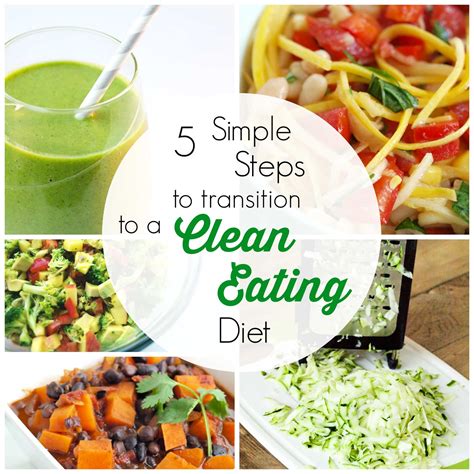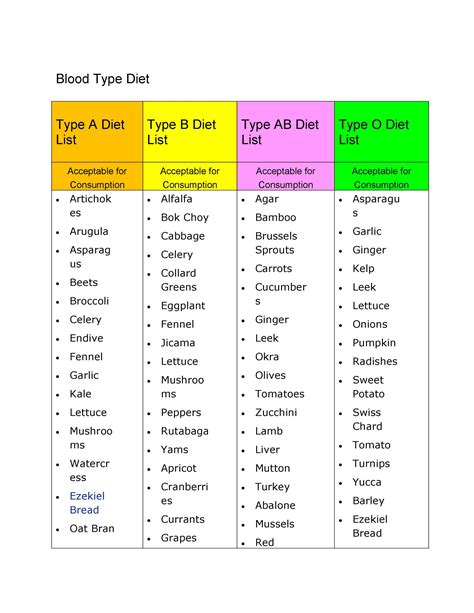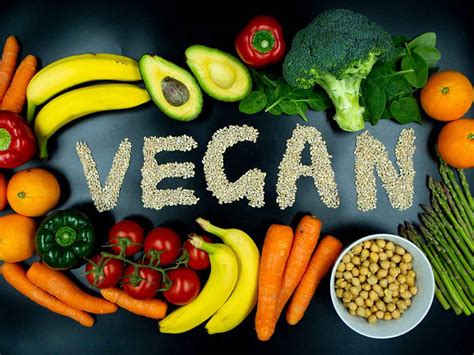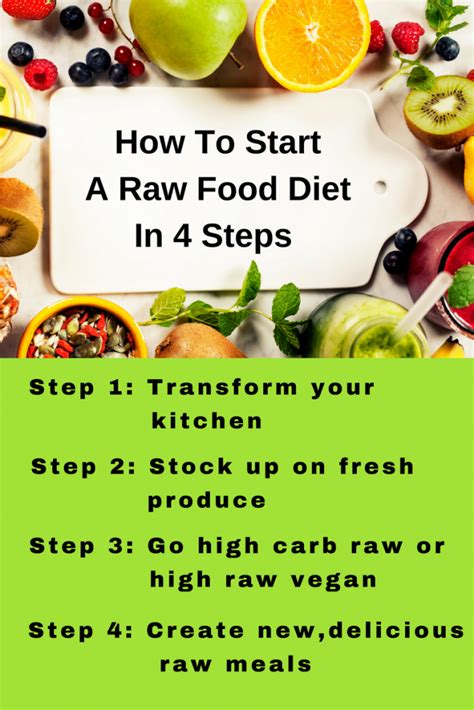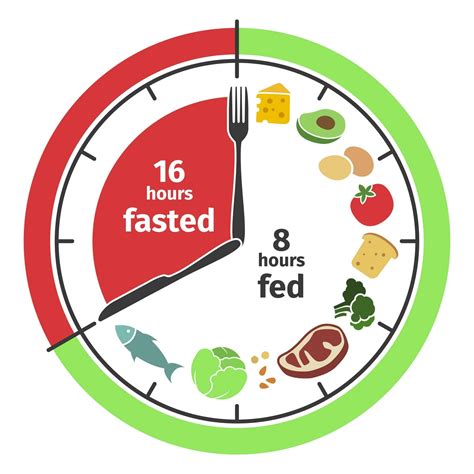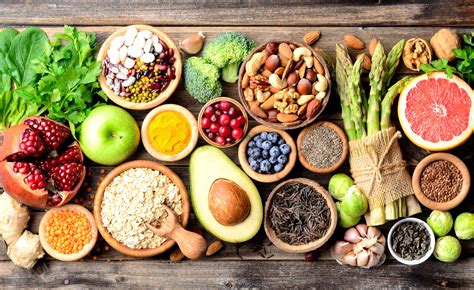Discover the definition, benefits, guidelines, foods to avoid, and a sample plan for clean eating diet. Start your healthy lifestyle today!
Definition of Clean Eating Diet
Contents
Clean eating is a lifestyle approach to eating that emphasizes the consumption of whole, natural foods and the avoidance of processed ones. The goal of clean eating is to promote overall health and well-being by choosing foods that are closest to their natural state and free of added sugars, preservatives, and artificial ingredients.
When following a clean eating diet, individuals focus on consuming a variety of fruits, vegetables, lean proteins, whole grains, and healthy fats. This means avoiding foods that are high in refined sugars, unhealthy fats, and excessive sodium. By prioritizing nutrient-dense foods, clean eating enthusiasts aim to support their body’s natural detoxification processes and maintain a healthy weight.
In addition to food choices, clean eating also encourages mindful eating practices, such as paying attention to hunger and fullness cues and savoring the flavors and textures of each meal. This holistic approach to eating promotes a positive relationship with food and can contribute to improved digestion and energy levels.
Overall, the fundamental principle of clean eating is to nourish the body with wholesome foods that support optimal health and wellness. It is not a strict diet with specific meal plans, but rather a flexible and sustainable way of eating that can be adapted to individual preferences and needs.
Benefits of Clean Eating Diet
One of the benefits of a clean eating diet is that it can lead to improved overall health. By focusing on consuming whole, unprocessed foods, individuals can increase their intake of essential nutrients, vitamins, and minerals, which can improve energy levels and support the immune system. Additionally, clean eating can lead to better digestion and a reduced risk of chronic diseases such as heart disease and diabetes.
Another advantage of a clean eating diet is the potential for weight management and improved body composition. By eliminating processed foods high in added sugars and unhealthy fats, individuals can better regulate their calorie intake and may experience weight loss or maintenance. Additionally, clean eating encourages the consumption of lean proteins, whole grains, and fruits and vegetables, which can support muscle development and a healthy metabolism.
Furthermore, following a clean eating approach can have positive effects on mental and emotional well-being. By avoiding foods that are high in artificial additives and preservatives, individuals may experience improved mood, reduced anxiety, and better cognitive function. Additionally, the focus on whole foods can contribute to better sleep quality and overall mental clarity.
Lastly, adopting a clean eating lifestyle can lead to a greater appreciation for food and a sense of connection to the environment. By choosing locally sourced, organic produce and sustainable protein sources, individuals can reduce their environmental impact and support local farmers. Additionally, the emphasis on mindful eating and savoring the flavors of whole foods can enhance the overall dining experience and improve satisfaction with meals.
Guidelines for Clean Eating Diet
Clean Eating Diet is a way of eating that focuses on consuming whole, unprocessed foods. It’s about choosing foods that are as close to their natural state as possible and avoiding highly processed and refined products. When following a clean eating diet, it’s important to prioritize nutrient-dense foods, such as fruits, vegetables, whole grains, and lean proteins.
One of the first guidelines for clean eating is to focus on whole foods. This means choosing foods that are as close to their natural state as possible. Opt for fresh fruits and vegetables, whole grains, and lean proteins. Avoid highly processed foods that are packed with added sugars, artificial ingredients, and preservatives.
Another guideline for clean eating is to read food labels. Look for products with a short ingredient list and avoid those with a long list of artificial additives and preservatives. Pay attention to the amount of sugar and sodium in the products you buy, and opt for low-sugar and low-sodium options whenever possible.
It’s also important to minimize consumption of refined grains and sugars. Instead, focus on consuming whole grains and natural sweeteners, such as honey or maple syrup. Refined grains and sugars are stripped of their nutrients and can lead to spikes in blood sugar levels, whereas whole grains and natural sweeteners provide more sustained energy and essential nutrients.
Finally, listen to your body’s hunger and fullness cues. Pay attention to how certain foods make you feel and adjust your diet accordingly. Explore the concept of mindful eating and aim to make healthy, balanced choices that support your overall well-being.
Foods to Avoid in Clean Eating Diet
When following a clean eating diet, it’s important to be mindful of the foods that are not considered part of this healthy lifestyle. The concept of clean eating revolves around consuming whole, unprocessed foods that are as close to their natural state as possible. This means avoiding foods that are highly processed, contain artificial ingredients, and have little to no nutritional value.
One of the main foods to avoid in a clean eating diet is processed snacks. This includes items such as potato chips, candy bars, and sugary cereals. These snacks are often packed with unhealthy fats, sugar, and artificial additives, making them a poor choice for those looking to eat clean and improve their overall health.
Fast food and takeout should also be avoided when following a clean eating diet. These options are often high in calories, saturated fats, and sodium, and provide little in the way of essential nutrients. Instead, focus on preparing meals at home using whole, fresh ingredients.
Sugary drinks such as soda, energy drinks, and sweetened iced teas should be eliminated from a clean eating diet. These beverages are loaded with empty calories and can contribute to weight gain and other health issues. Opt for water, herbal teas, or homemade fruit-infused water for a healthier alternative.
Highly processed meats like deli meats, hot dogs, and bacon are not conducive to a clean eating diet. These meats often contain added nitrates, preservatives, and high levels of sodium. Instead, choose lean, unprocessed meats such as chicken, turkey, and fish.
Sample Clean Eating Diet Plan
Clean eating is more than just a diet; it’s a lifestyle. It involves choosing foods that are as close to their natural state as possible, avoiding processed and refined foods, and opting for whole, nutrient-dense options. A sample clean eating diet plan could include a variety of fresh fruits and vegetables, lean proteins, whole grains, and healthy fats.
For breakfast, you might have a bowl of oatmeal topped with fresh berries and a sprinkle of nuts. For lunch, a salad made with mixed greens, grilled chicken, and avocado. And for dinner, a piece of grilled salmon with a side of steamed vegetables and quinoa. Snacks could include sliced apples with almond butter or carrot sticks with hummus.
When following a clean eating diet plan, it’s important to read labels and choose foods with minimal ingredients, avoiding added sugars, artificial preservatives, and other additives. Instead, focus on whole foods that provide essential nutrients and fuel your body properly.
Remember to drink plenty of water throughout the day and limit or avoid sugary drinks and excessive caffeine. Planning and preparing meals ahead of time can also help you stay on track with your clean eating goals.

